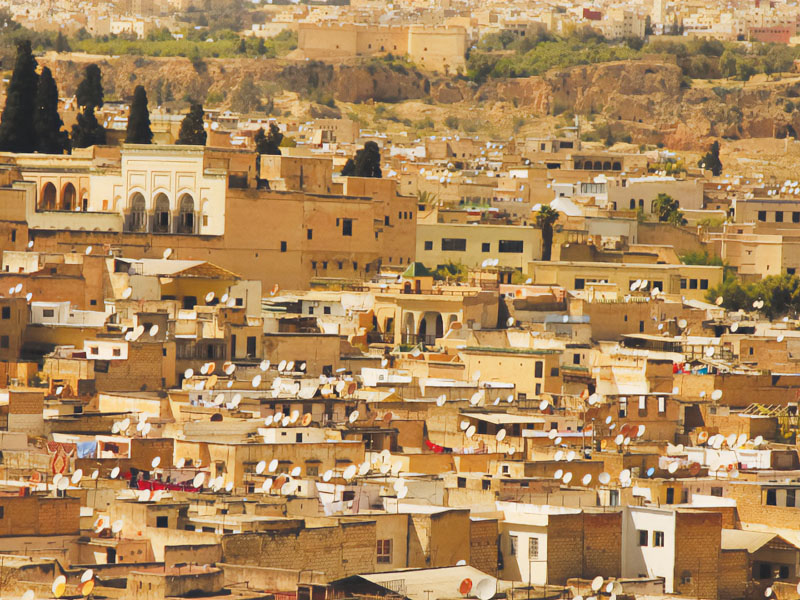Towards a Sustainable Identity for the Arab City: An Intellectual Vision across Disciplines
Issue 56

Hisham Al Makki, Morocco
The Arab city's identity is multifaceted, reflecting an overlapping and reciprocal relationship between urbanization on one hand, and the values and culture of society on the other. Any perspective that reduces a city's identity to the layout of its structures is a reductionist perspective that ignores reality. The Arab city is a product of authentic Arab values, and a guarantor of the continuation and preservation of those values. In the context of analysing architectural theory and in light of local environmental and cultural factors, the consideration of the civilisational and cultural model of architecture is a sign of the architectural identity's uniqueness, coherence, or disintegration.
A city's identity cannot be separated from its people's values; as a result, a interconnectivity developed between the city's identity and its people's values, the origin of which is difficult to pinpoint.
With its architectural structures and urban design, the city is a physical manifestation of its citizens’ ideals. The city is established on the basis of moral and aesthetic values and convictions and a particular vision of life and existence, it also serves as a guardian of the group's ideals and a guarantor of their perpetuity in two ways:
The city reinforces the group's values by making the city's spaces a guarantor of the continuation and preservation of social value by shaping the way of life and various forms of social interaction entirely in accordance with the group's ideals. It also incorporates new people, whether they are youngsters or immigrants, into society and the urban community’s values by making urbanisation accommodate particular social behaviours based on collective values.
In this way, the values define and develop the city, and the city preserves and secures the values.
The identity of the Arab city is more than just a collection of shapes and architectural designs. It is a mix of urban forms and community values with urbanisation serving as both a geographical embodiment of the group's ideals and a practical guide to all aspects of social life that reflect those values. At the same time, urbanisation has become a tool for conserving, maintaining and sustaining the community's values on a daily basis.
As a result, all efforts to preserve the Arab city's identity by restoring buildings and reviving the original urban design in new buildings and modern urban planning are important and necessary and they must continue, but this will not be enough unless it is accompanied by renewal.
These urban initiatives and efforts will result in soulless buildings unless individuals embody and live by real Arab values. If these values are not taken into consideration, we will not be able to withstand the wave of consumerism that is eroding this civilisation's aesthetics.



































































